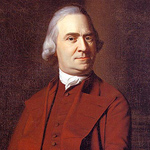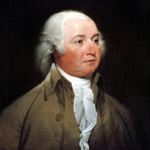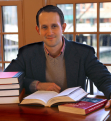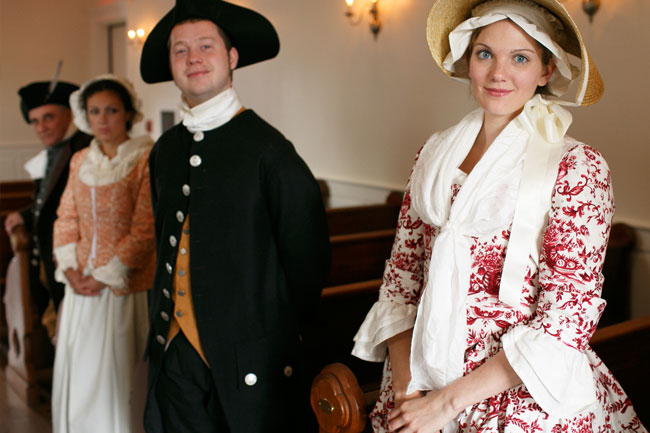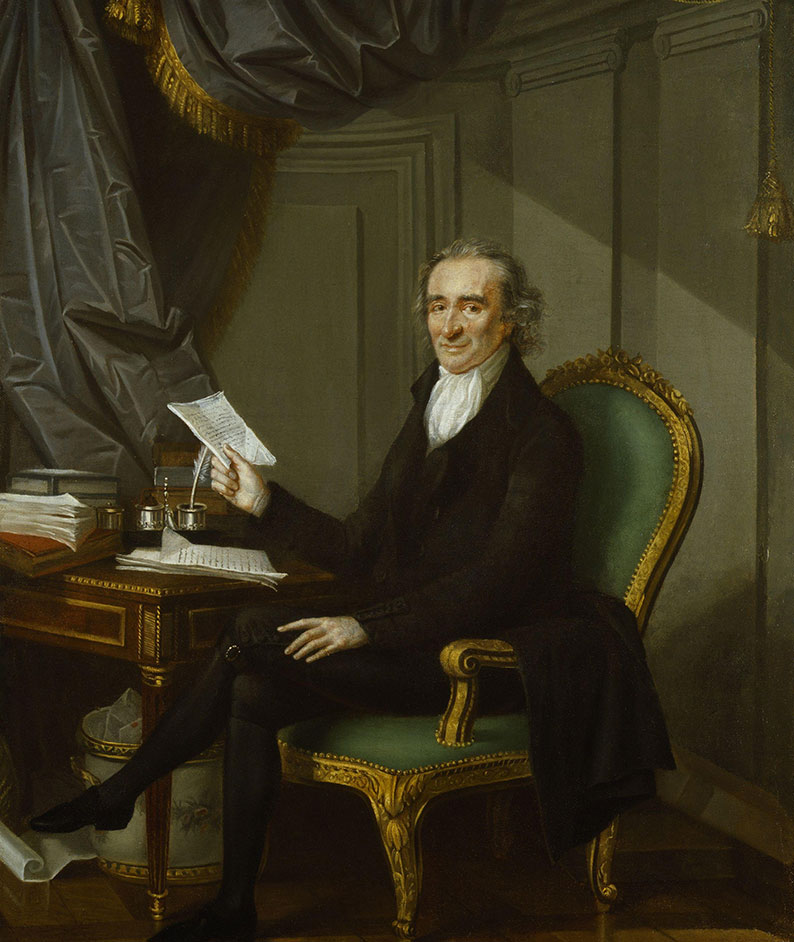The Loyal Nine of Boston: The Predecessors of the Sons of Liberty
The Loyal Nine (“Loyall Nine”), a well-organized Patriot political organization shrouded in secrecy, was formed in 1765 by nine likeminded citizens of Boston to protest the passing of the Stamp Act. The Loyal Nine evolved into the larger group Sons of Liberty and were arguably influential in that organization. Very little is known about the Loyal Nine as they operated in complete secrecy. Since they were a close-knit group made up of nine men, the organization functioned informally and left very little in terms of a paper trail. The membership of the Loyal Nine consisted of club secretary John Avery, a distiller by trade, Henry Bass, a cousin of Samuel Adams, Thomas Chase, a distiller, Stephen Cleverly, a brazier, Thomas Crafts, a painter, Benjamin Edes, printer of the Boston Gazette, Joseph Field, a ship captain, John Smith, a brazier, and George Trott, a jeweler. All nine men would go on to become active members of the Sons of Liberty, and to date four of the nine men are documented to have participated in the Boston Tea Party.
All nine men would go on to become active members of the Sons of Liberty, and to date four of the nine men are documented to have participated in the Boston Tea Party.

